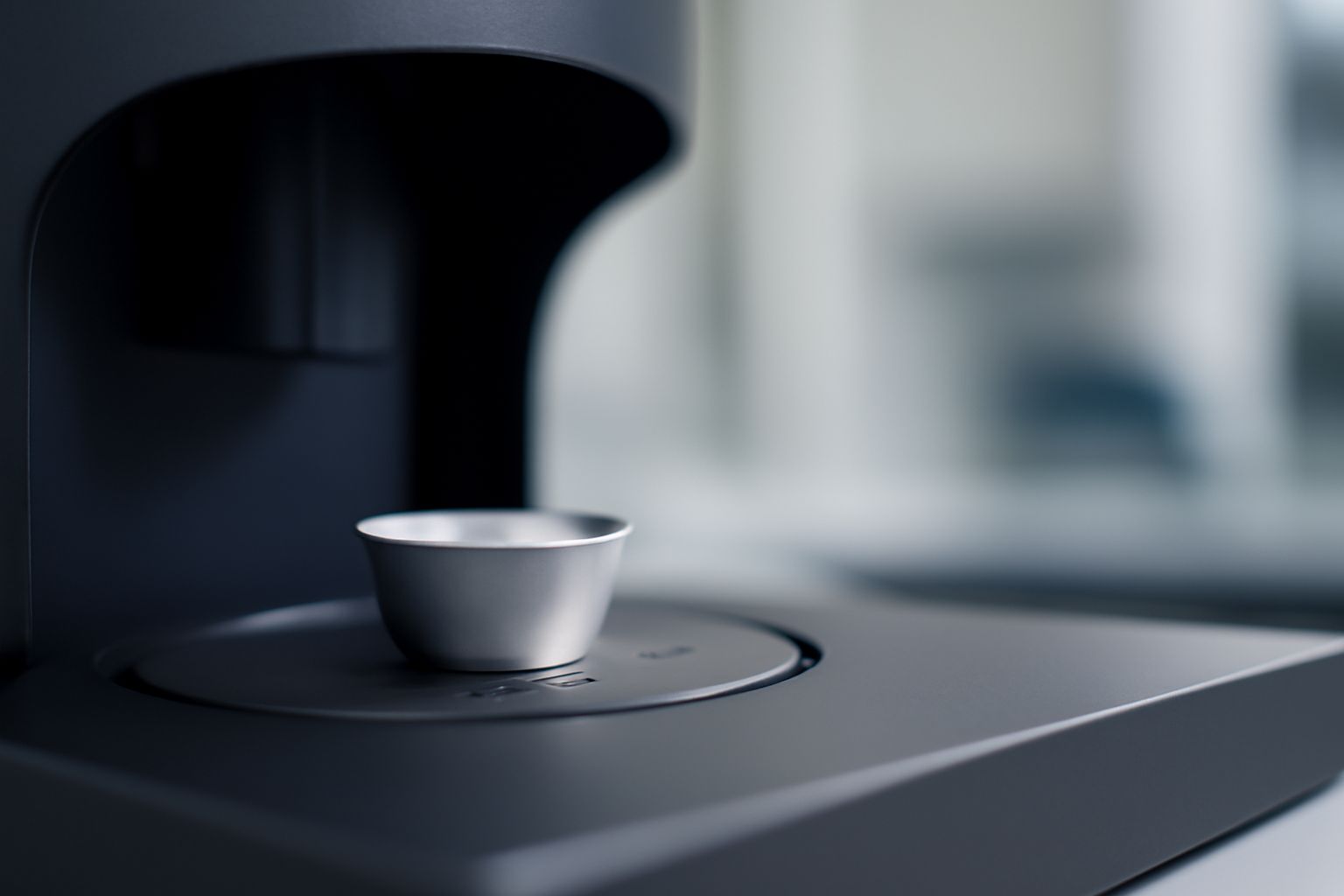Your cart is empty.
shop now
Your cart is empty.
shop now
Many labs struggle with crucible damage, poor results, and unexpected test failures. These problems can hold up experiments and waste both time and materials.
Most issues with heat analysis crucibles have clear causes and proven solutions. Understanding why cracking, contamination, or compatibility problems occur helps labs keep tests on schedule and results accurate.

I have found that choosing the right material, doing regular maintenance, and knowing how to handle crucibles for each type of test make a big difference in reliability and service life.
Sudden temperature shifts often lead to cracks in heat analysis crucibles. Improper handling or low-quality construction also weakens the material and leads to failure during tests.
Most cracking is caused by thermal shock when a crucible is heated or cooled too quickly. Using materials with low thermal shock resistance or overloading the crucible also leads to breaks. High-purity materials and gradual temperature changes help prevent fractures.
| Main Cause | Impact | Prevention | Reference |
|---|---|---|---|
| Thermal Shock | Sudden cracks, sample loss | Use slow ramp rates, preheat instruments | Thermal shock |
| Poor Material Quality | Structural weakness | Select certified, high-purity crucibles | REDTHERMO Lab Reference Data |
| Overloading | Bending, bottom cracks | Keep sample weight below spec | Instrument User Manual |
| Improper Cooling | Warping, breakage | Cool down slowly on a heatproof surface | DSC Testing Protocols |
Sample contamination ruins lab results and can cause expensive reruns. Dirty crucibles or leftover residue are common sources of this problem during repeated testing.
Clean crucibles before each use and avoid cross-use between incompatible samples to reduce contamination. Choosing inert materials and using single-use crucibles in sensitive tests protects samples and delivers true results (contamination).
| Contamination Source | Effect on Results | Solution | Example |
|---|---|---|---|
| Leftover Residue | False peaks, extra mass | Clean with lab-grade solvents | DSC pan cleaning guide |
| Material Reactivity | Unexpected reactions | Use platinum or ceramic for reactive samples | Battery slurry testing |
| Cross-Sample Use | Carryover contamination | Assign dedicated or disposable pans | QC with organics and inorganics |
| Improper Storage | Mold, dust | Seal in sample-safe containers | Research lab best practices |
Crucibles that do not fit or seal with the instrument lead to leaks, sample loss, or unreliable results. This often comes from using generic products or ones not designed for the device.
Check instrument model compatibility before ordering. Ask suppliers for a model matching chart or send a sample or drawing for custom production. Only use crucibles with confirmed sizing and material standards for your specific equipment (laboratory instrument).
| Compatibility Problem | Common Sign | Action Step | Industry Practice |
|---|---|---|---|
| Incorrect Size | Loose fit, tilting | Verify inner diameter, depth | TA, Mettler, Netzsch series charts |
| Wrong Lid/Seal | Leaks, evaporation | Order matching seal types | DSC and TGA kits |
| Material Mismatch | Error codes, sample failure | Confirm instrument specs with supplier | Custom order from REDTHERMO |
| Unbranded Source | Poor reliability | Choose reputable manufacturer | Quality checks before use |
Proper care and routine checks keep crucibles working longer and protect lab investments. Neglected crucibles break quickly and cause more testing errors.
Store crucibles dry and clean, avoid sharp temperature swings, and inspect regularly for cracks or wear. Use detailed tracking to retire worn pieces and switch to higher quality materials for improved durability (service life).
| Maintenance Step | How It Helps | Frequency | Lab Example |
|---|---|---|---|
| Regular Cleaning | Prevents buildup, contamination | After every use | Pharmaceutical R&D labs |
| Slow Heating/Cooling | Reduces thermal stress cracks | Every test run | Material science instrument operators |
| Proper Storage | Minimizes corrosion, dust | After cleaning | Electronics labs |
| Lifecycle Tracking | Identifies pieces to retire | Monthly or by batch | Quality assurance routines |